Tags: Robotics

Tesla Will Focus More on Developing Humanoid Robots Called 'Optimus' in 2022, Elon Musk Says

This Chinese Restaurant Perfected Contactless Service Through AI-Powered Robots, Solves Staff Shortage During Pandemic

Humanoid Robot Ameca Grabs Developer's Hand, Annoyed After Personal Space Was Intruded
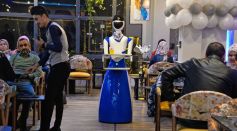
Could We Stop Artificial Superintelligence from Eliminating Human Civilization?

Hyundai MobED Robot for Elderly, Disabled Individuals Can Carry Babies and Drinks; Four-Wheeled Mobility Device Stable on Uneven Roads

Thermal Actuation for Faster Soft Robotics Developed May Help in Biomedical Applications, Prosthetic Devices

Engineered Arts Developed a Mesmer Robot With AI-Powered Robotic Head That Can Make Realistic Human Facial Expressions

Tactile Sensor For Prosthetic Robotics Mimics Human Hands' Sensitivity to Grip Objects With Right Amount of Force

Ameca: British Lab's Humanoid Robot with Bizarre, Human-Like Facial Expressions Unveiled in the U.K.
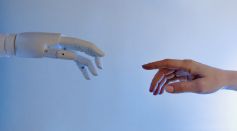
Promobot Volunteer: New York-based Tech Giant Offers $200,000 to Those Willing To Lend Their Faces for Its Humanoid Robots To Be Deployed in 2023
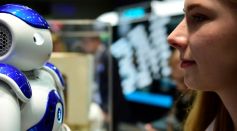
Will Robots Live With Humans Soon? New MIT Study Shows They Will Learn Social Interactions

NASA Awards Charles River Analytics Contract to Support Lunar Robot Exploration
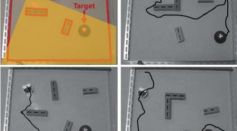
Japan Develops 'Thinking Robot' Through Physical Reservoir Computing; Learns and Moves by Artifical Neurons
Looking for Something You May Have Lost? Let This Newly Invented Robot Locate It with 96 Percent Success Rate
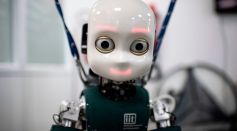
Robot Eyes Can Affect Human Behavior; Strategy Scientists Developed in a Game
Robot Beetle Now Part of the Guinness Book of World Records as the Lightest Crawling Robot Ever Invented

Spot Robotic Finds Rival in Xiaomi's Much Cheaper CyberDog That Follows Its Owner, Performs Other Tricks Like Begging and Shaking Paw
Cassie the Bipedal Robot Made History After Completing a 5K Course in 53 Minutes, Almost at Par With Humans
Insect-Sized Robot Invented With Unique Agility, Allowing Them to Easily Navigate Complex Environments

Smiling Robot: How Does This Scientific Invention Respond to Human Facial Expressions?
Most Popular

Ancient Hotspot Found to Have Created Great Lakes 300 Million Years Ago

Mysterious Structures Discovered Beneath the Pacific Ocean, Puzzle Scientists

Health Benefits of Drinking Hot Chocolate

Largest Known Volcanic Aquifer Discovered Beneath Oregon's Cascades





